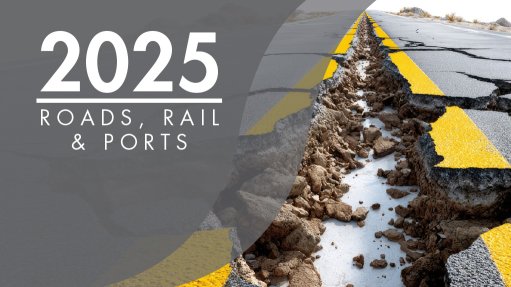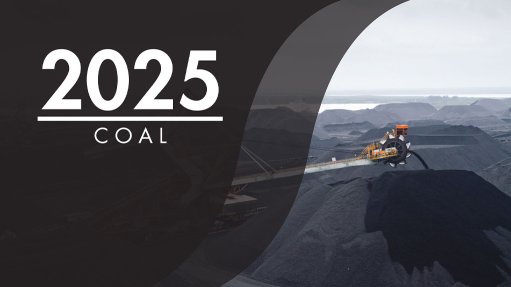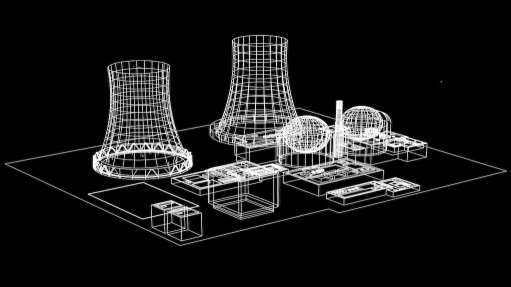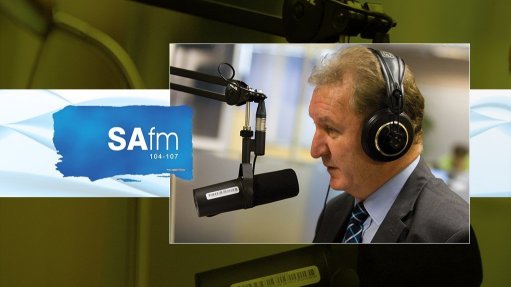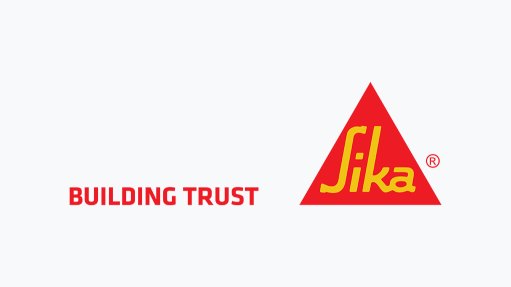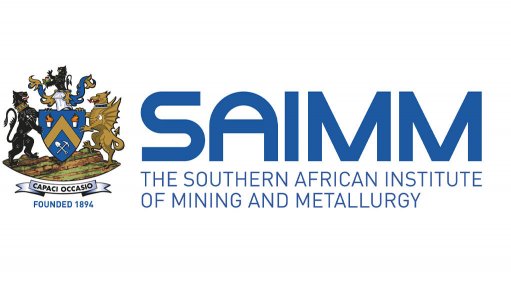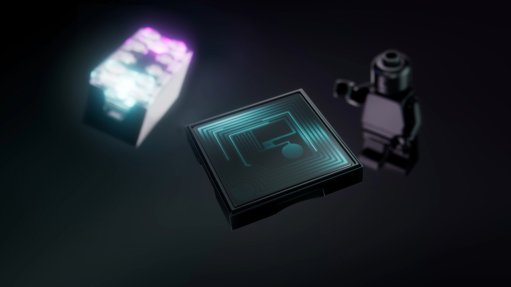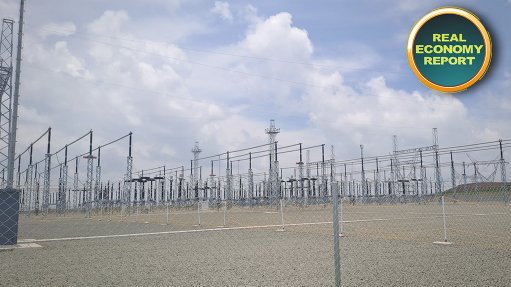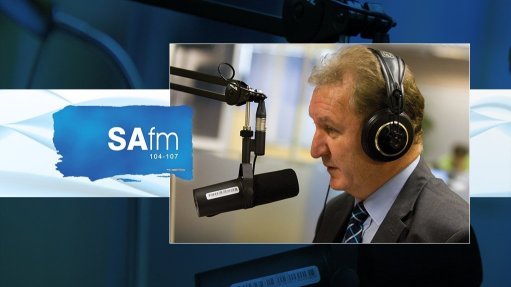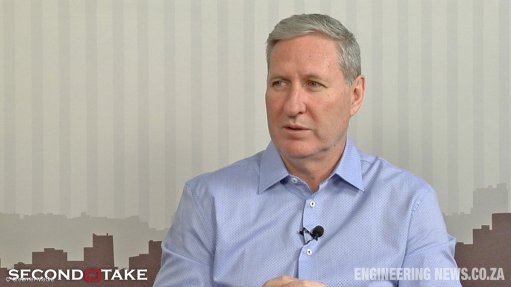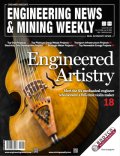Joburg testing technology to combat traffic light theft, vandalism

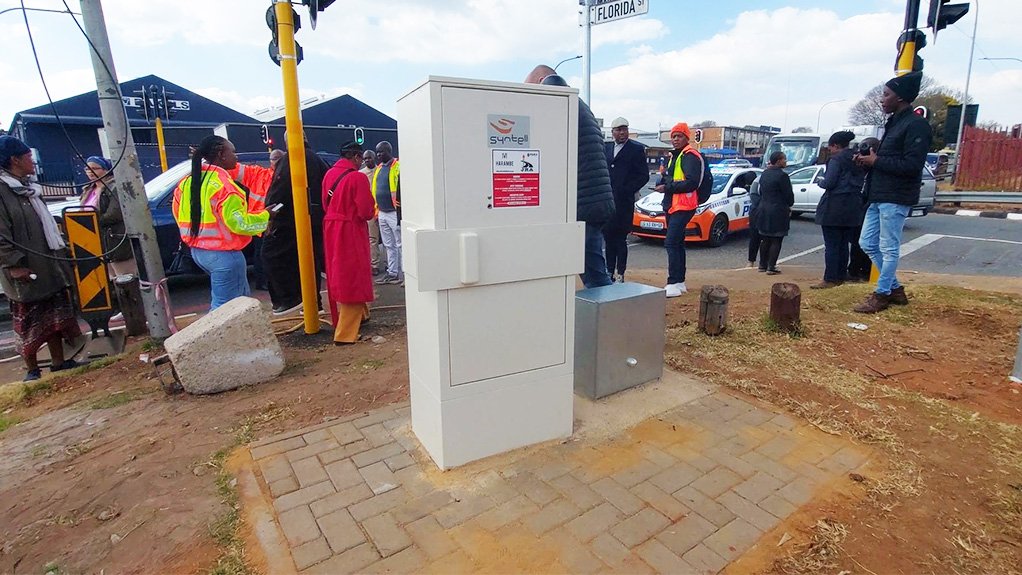
A new controller box installed above the ground at the Florida road and Main road intersection
The City of Johannesburg's Johannesburg Roads Agency (JRA) is deploying new solutions to combat theft and vandalism of traffic signals, says JRA mobility and freight head Sipho Nhlapo.
The JRA is testing various technological solutions and will settle on a solution that will be progressively rolled out across the city, he added during a media tour on July 14.
Specifically, the agency aims to use a range of technological solutions to combat theft and improve traffic management in the greater city.
For example, the JRA is deploying new secured controller boxes at intersections that can only be opened by an electronic access system, ensuring that those who open the box are authorised to do so.
This also provides traceability, including for the JRA's contractors, he noted.
Forcing open the box would trigger alarms at the various traffic management and law enforcement centres, including the City of Johannesburg's Integrated Intelligence Operations Centre (IIOC), he explained.
Cameras at the intersections, which also analyse traffic patterns over a two-week period to allow the system to adjust the timing of the traffic signals to meet the different travel patterns, monitor the equipment.
Further, the controller also has a host of sensors surrounding it that can detect when digging is taking place, with the triggers also sent to the IIOC, Nhlapo said.
During the preceding media briefing, he urged other heads of department and provincial officials to ensure the response from law enforcement to an alarm was swift enough to prevent damage or arrest the perpetrators.
The reason the JRA is evaluating solutions to manage traffic flow and secure its infrastructure is owing to the challenge of theft and vandalism of traffic signals and electric cabling in Johannesburg.
A replacement set of traffic signals and controller equipment at an intersection can cost between R500 000 and R1.5-million.
“Some of the incidents are very severe, such as at the intersection of Malibongwe and Suikerbossie street. We had replaced the traffic signals for the whole intersection, only for them to be stolen two weeks later,” he illustrated.
However, the JRA and the City of Johannesburg more broadly have formed partnerships to improve traffic management and flow in the city, such as partnering with businesses to sponsor power to a specific intersection or to protect the assets, said Nhlapo.
Other partners include the South African Police Service; State-owned enterprises Eskom, Transnet and the Passenger Rail Agency of South Africa; public safety and crime intelligence institutions; and private security companies and organisations.
Further, the JRA and the city aimed to integrate the remote monitoring system for its traffic signals to the security centres of these organisations to bolster responses. The JRA was also deploying machine learning and AI technologies, such as facial recognition through means of its cameras, as well as to count and monitor traffic, he noted.
The JRA managed 2 025 traffic signal intersections. Of these, 750 were semi vehicle actuated and 25 priority intersections were fully vehicle actuated. The rest were fixed-time systems, said JRA Traffic Engineering operations manager Esther Schmidt.
Semi vehicle actuated intersections are for minor roads that cross major routes, with this system prioritising traffic on the major route. Fully vehicle actuated intersections can respond to traffic on all approaches.
A recent project saw the JRA install a fully actuated system that also used advanced traffic camera technology, she pointed out.
“In the future, as we upgrade our traffic lights, the controller network will communicate with the assets. For example, the AI-powered cameras will collect and make sense of all cars arriving at the intersection and will change the timing phasing to suit the conditions of the road.
“As we rebuild and go forward with our upgrade programme, we are cognisant of the potential applications of machine learning and AI using the data from our network,” said Nhlapo.
During a tour of traffic signals at the intersections of Florida road and Main road, and at Hendrik Potgieter road and Albert road, he showed that some of the controller systems were located above the ground and others below ground, depending on the presence of utilities already in the ground.
Additionally, Nhlapo pointed out that the JRA's fault detection and repair rate was at 84%, meaning that 84% of traffic signal faults were repaired within 24 to 48 hours. This was above the international standard that 80% of a network must be functional to be effective.
There is no city in the world in which all the traffic signals operate at all times, he added.
Also during the tour of the intersections, Nhlapo emphasised that, while the JRA's mandate was to improve and manage traffic flow and traffic signals, the designs implemented were intended to ensure the city could be lived in.
“We placed the metal spikes that prevent climbing of the camera pole well above head height and ensured that our alarms in our controller boxes would not be set off only be children bumping into it in horseplay, and we can also monitor people around the controller using our cameras.
“Whatever else we do, we must ensure that this is a city that can safely be lived in by our citizens,” he told politicians and department heads.
LOCAL CONGESTION
Meanwhile, Schmidt provided some insights into congestion levels in Johannesburg compared to other large cities in the world, based on navigation technology company Tomtom's global congestion index.
Johannesburg's congestion sat at 32%, which meant a journey was typically delayed by this amount in addition to the travel time without congestion. Specifically, it took about 18 minutes to complete a 10 km journey in Johannesburg, and it took about 21 minutes to complete 10 km during the morning and evening peaks, she said.
This is better than many other major cities, including local metropolises, with Pretoria's congestion rate being 34% and Cape Town's congestion rate being 36%.
In comparison, New York's congestion level was 30%, but it required about 31 minutes for a 10 km journey during peak times, while Mexico City's congestion rate was at 52%, experiencing the most congestion of the 501 cities in the index, she said.
Article Enquiry
Email Article
Save Article
Feedback
To advertise email advertising@creamermedia.co.za or click here
Comments
Announcements
What's On
Subscribe to improve your user experience...
Option 1 (equivalent of R125 a month):
Receive a weekly copy of Creamer Media's Engineering News & Mining Weekly magazine
(print copy for those in South Africa and e-magazine for those outside of South Africa)
Receive daily email newsletters
Access to full search results
Access archive of magazine back copies
Access to Projects in Progress
Access to ONE Research Report of your choice in PDF format
Option 2 (equivalent of R375 a month):
All benefits from Option 1
PLUS
Access to Creamer Media's Research Channel Africa for ALL Research Reports, in PDF format, on various industrial and mining sectors
including Electricity; Water; Energy Transition; Hydrogen; Roads, Rail and Ports; Coal; Gold; Platinum; Battery Metals; etc.
Already a subscriber?
Forgotten your password?
Receive weekly copy of Creamer Media's Engineering News & Mining Weekly magazine (print copy for those in South Africa and e-magazine for those outside of South Africa)
➕
Recieve daily email newsletters
➕
Access to full search results
➕
Access archive of magazine back copies
➕
Access to Projects in Progress
➕
Access to ONE Research Report of your choice in PDF format
RESEARCH CHANNEL AFRICA
R4500 (equivalent of R375 a month)
SUBSCRIBEAll benefits from Option 1
➕
Access to Creamer Media's Research Channel Africa for ALL Research Reports on various industrial and mining sectors, in PDF format, including on:
Electricity
➕
Water
➕
Energy Transition
➕
Hydrogen
➕
Roads, Rail and Ports
➕
Coal
➕
Gold
➕
Platinum
➕
Battery Metals
➕
etc.
Receive all benefits from Option 1 or Option 2 delivered to numerous people at your company
➕
Multiple User names and Passwords for simultaneous log-ins
➕
Intranet integration access to all in your organisation





